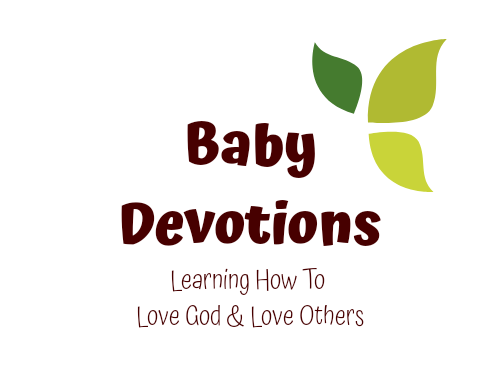
Sensory bins? What is that? How does it work? How long should my kid actually play with it? These were the major questions I had, the first time I threw together a bin. It shouldn’t be intimidating, but when there are so many beautiful bins on Instagram and Pinterest, a girl can get a little unsure of what she is doing. And now that I’ve been posting the bins we do, I feel like I hear these questions from other parents. So here is my attempt to answer some of those questions, and make this fun thing a little less intimidating.
What Is A Sensory Bin?

So first of all, what is a sensory bin? I like how Little Bins For Little Hands puts it: “A tactile experience in a contained area.” Basically sensory bins create the opportunity to learn and explore by touching, smelling, hearing, and sometimes even tasting. It allows the opportunity to experience something with not just they eyes, but with other senses as well.
Am I Doing This Right?

I think, as parents, one of the most intimidating things about sensory bins is know how to play with them. You build your bin. But now what? How do I get my kid to play with this? Are they playing with this right? And I don’t know if there is a right answer for this. But in our house, we use sensory bins in a couple ways. I
I usually have a bin set up in our play area as an open invitation. That way if I need to nurse the little baby or get the little baby to take a nap, my toddler has something to do that will keep her engaged for a while. I also keep a bin in our kitchen, so if I really need to get dinner started, but my toddler is going a little crazy, I can pull out a rice or bean bin for her to play with, and that usually keeps her engaged long enough for me to a get a solid jumpstart on dinner.
How long does she play with the bin? Well that really depends. It depends on how much she likes the material we’re using, as well as her mood, I guess. If we have a good bin, that she really enjoys (rice and popcorn kernels are her favorite) she could be engaged for a good 15-20 minutes. If she just isn’t feeling it, I will be lucky to get her to engage for 2 minutes. However, most bins she plays with for 5 minutes or so, then she may move on and play with something else, and come back to it later.
I don’t really direct the play. I may show her some things she can do with the material, like molding the kinetic sand, or scooping corn kernels into a cup. Otherwise, it’s pretty open-ended. I just present the bin, and let her go wild.
The Mess
One of the biggest concerns about bins are the mess they can make. Babies and toddlers are not the most coordinated human beings, so no matter what material you’re using there is going to be a little bit of mess. However, I have noticed, the older my child gets the less mess the bins make. This may be because of practice, or just maturity, but either way that is what I have experienced. To help control the mess, we sometimes do the really messy bins on our porch, or if it’s winter I lay a tarp down. Otherwise, rice and beans can easily be swept up, and I often have my toddler help, so hopefully she gets a little sense of responsibility.
How To Build A Sensory Bin

Finally, how to build a bin. This is the fun part, and this can really be as simple or complicated as you want. But here are the basics:
1. Choose a Bin
This can be any container. When I first tried out sensory bins, I used an aluminum baking I had left over from Thanksgiving. When that finally gave out, I upgraded to a plastic storage container with a lid.
2. Choose a Filler
Rice, cloud dough, or just plain water. The possibilities are endless. Some of our favorites are:
- Rice
- Beans
- Popcorn kernels
- Lentils
- Water
- Alphabet pasta
- Sand
- Kinetic Sand
- Baby Cereal
- Cereal
- Oatmeal
3. Kitchen Tools
Scoops, cups, spoons, tongs, tweezers. These are what make sensory bins so good for fine motor skills. They can practice scooping, transferring, pouring, pincher grasp, hand strength, etc.
4. Toys
I clearly like to theme my sensory bins, and often it adds a little fun. You can hide the toys in the filler. Combine them with the filler to make a small world.

